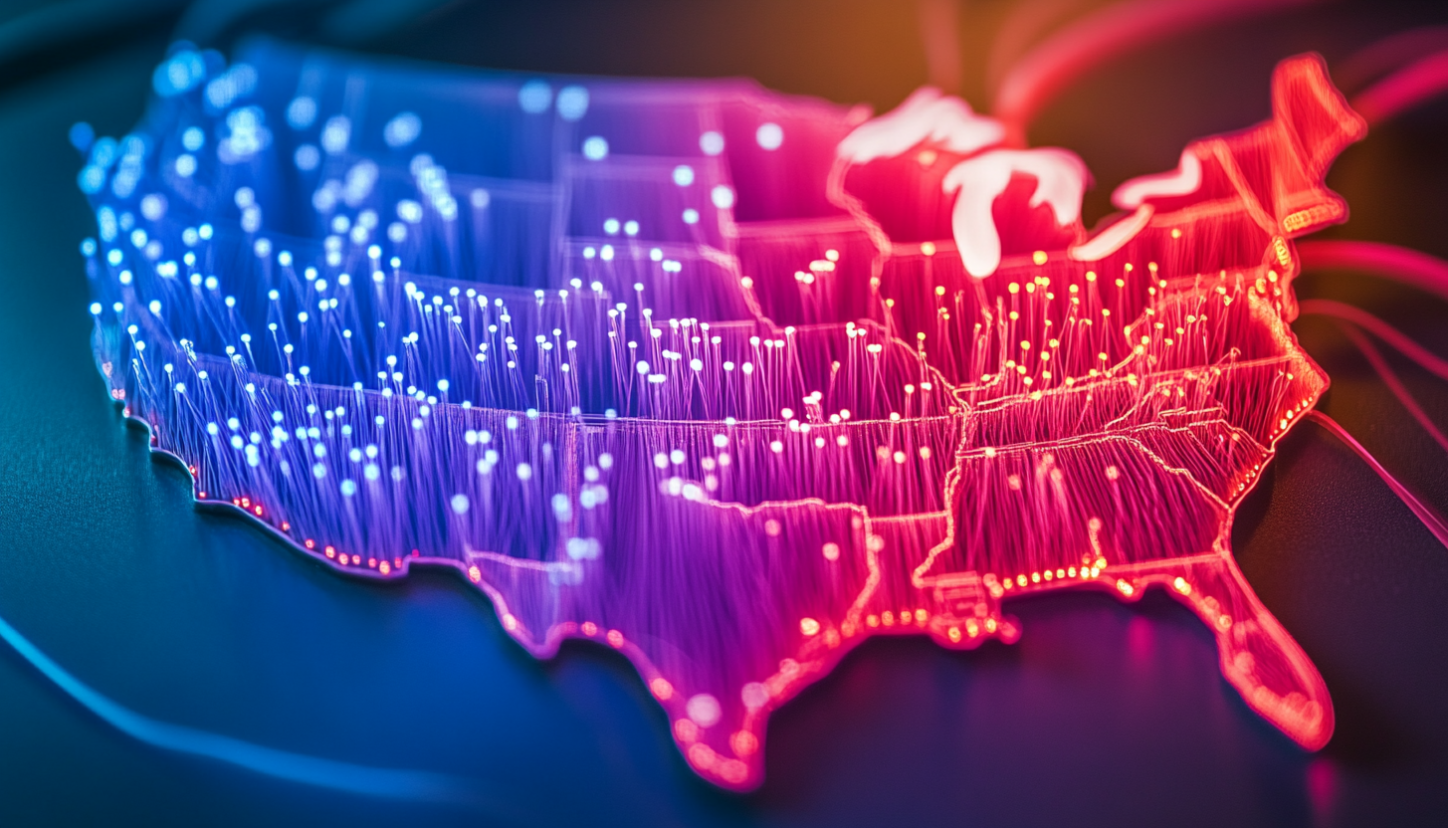- There’s concern urban communities are being left behind in the broadband boom because access disparities aren’t as apparent as in rural areas
- 29% of Philadelphia’s population still doesn’t have a wired home broadband connection
- Oakland, California, which is investing $15M to improve citywide broadband infrastructure, is still considered unserved
The telecom industry is pinning its hopes on the BEAD program to bring broadband to all hard-to-reach rural locations across the U.S. But this doesn’t mean the country is done bridging the digital divide in cities, a panel argued at Broadband Nation Expo last week.
According to Heather Gate, EVP of Digital Inclusion at Connected Nation, there’s concern that urban communities are being left behind because access disparities are “not as visible” in cities.
Infrastructure funding “is just not going into those urbanized areas,” said Ronnie Hammond, director of Maryland’s Office of Statewide Broadband. Maryland is getting about $267 million in BEAD funding, but he noted that amount probably won’t be enough to both connect all unserved and underserved locations and undertake “non-deployment” initiatives.
Non-deployment uses for BEAD, as defined by NTIA, include subsidies for broadband subscription, digital literacy, access to remote learning and telehealth facilities, among other digital equity efforts.
Each state has its own methods – and hurdles – for closing the digital divide in its cities. California for instance built in funding for urban connectivity and the middle mile, whereas a state like Pennsylvania “really did not,” said Juliet Fink-Yates, Broadband and Digital Inclusion Manager in the City of Philadelphia.
Cities still face connectivity gaps
According to Fink-Yates, 29% of Philadelphia’s population does not have access to wired connectivity in the home. That percentage hasn’t decreased by much since the pandemic, “which is a little bit shocking, frankly.”
Pennsylvania’s broadband map shows Philadelphia has around 300 or so unserved/underserved locations, “mostly in the parks.” Still, folks in urban communities and municipalities are “falling in and out” of connectivity because they can’t afford it.
“We know we’re served,” said Fink-Yates. Yet, “we still have a major problem.”
During the pandemic, Philadelphia partnered with Comcast and T-Mobile to launch an initiative called PHLConnectED to help pre-K-12 families access free or low-cost internet.
The program continues to support around 35,000 households, Fink-Yates said, “many of whom are either homeless or in transitory housing” or can only access the internet via their mobile phone.
Most recently, Philadelphia signed a franchise agreement with Verizon to connect 187 of the city’s recreation centers with gigabit internet and dark fiber. A task that’s no easy feat, Fink-Yates noted.
“These are cinder block buildings that were built 150 years ago, it is expensive to do this,” she said, noting the federal E-Rate program, which provides discounted broadband to schools and libraries, doesn’t cover recreational centers.
Meanwhile, Oakland, California has invested $15 million to improve its broadband infrastructure, said Luisa Calumpong, City Broadband Manager at the City of Oakland. The money will go towards hardwiring 27 specific locations (including safety facilities and community anchor institutions) with a fiber backbone.
Oakland also allocated $1 million for device access in schools and $5 million for a free Wi-Fi initiative for senior citizens and low-income households.
“It’s really hard to believe Oakland, California is unserved,” said Calumpong. Many think of the city as being in “Silicon Valley’s backyard.”
Data-driven digital equity
But Oakland also has “a lot of data” at its disposal. And it is using that data to spread the message of where connectivity is lacking and make sure “we can back that up with receipts.” The city is also encouraging residents to step up to the table, take surveys and talk to state leaders about digital equity issues. All of that has been a years-long process.
“It didn’t happen overnight and it’s not over yet,” she said.
“There [are] all these underlying conditions, racial inequity, income inequity and house inequity that [are] so symbiotic of access to broadband,” Hammond said.
Data, particularly that which shows the economic impact broadband access has households, is “the strongest tool we have,” he added. For example, if data indicates a household saves $10-15 per month just by ordering groceries online, that “goes a long way,” he concluded.





